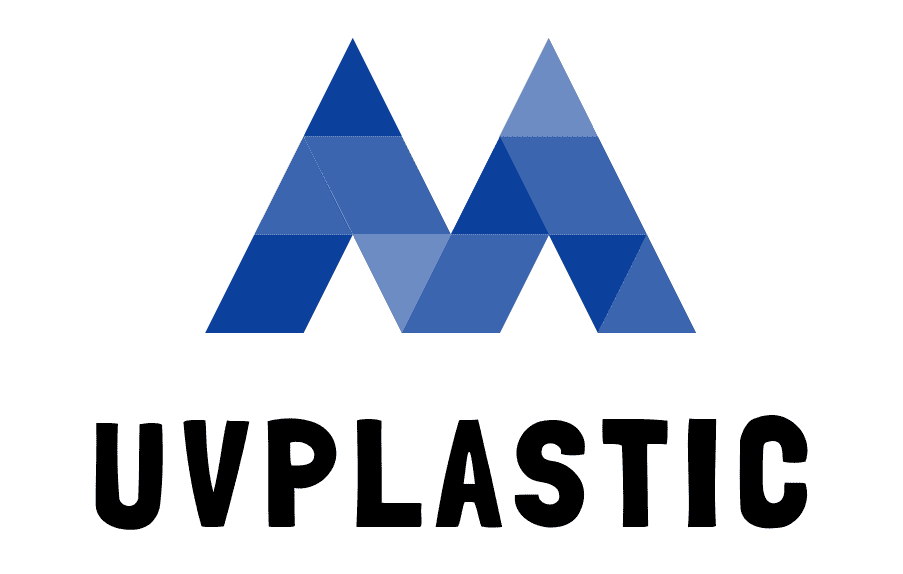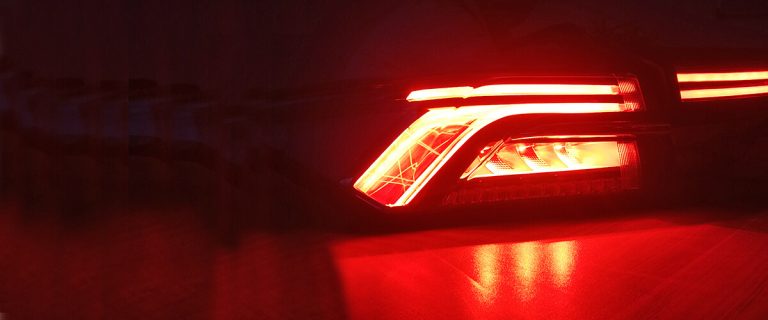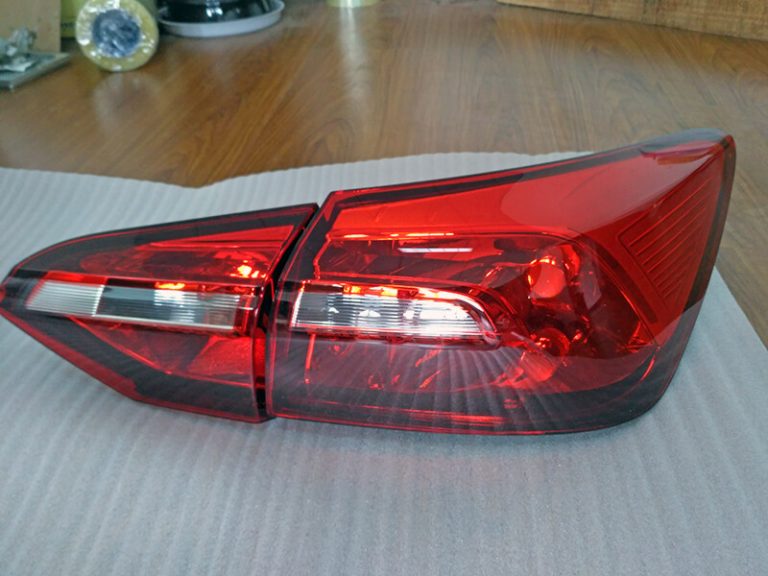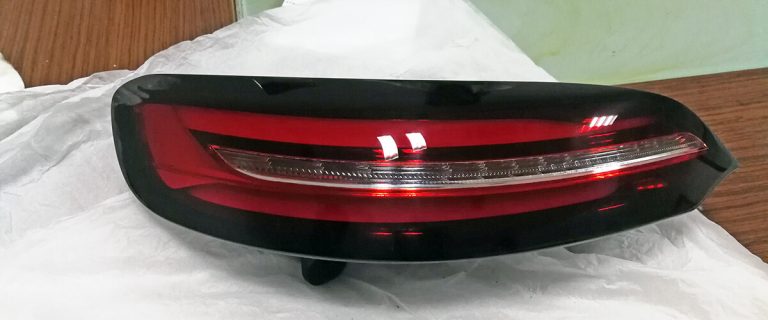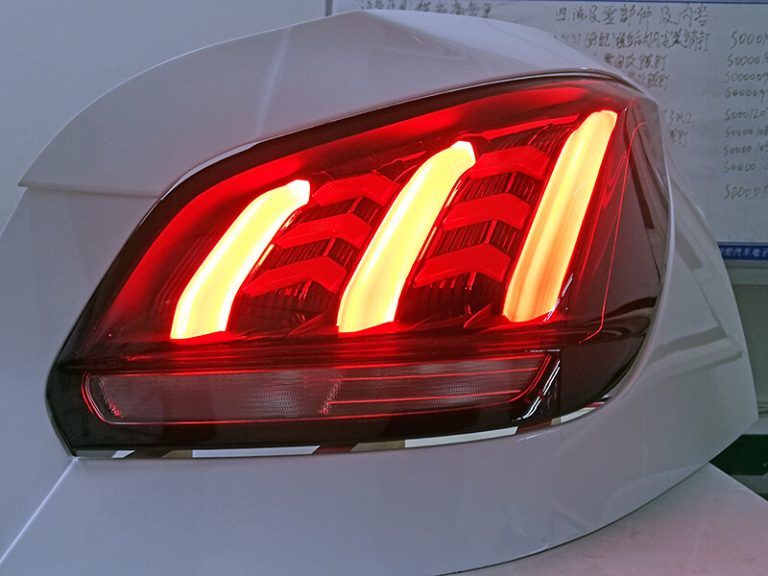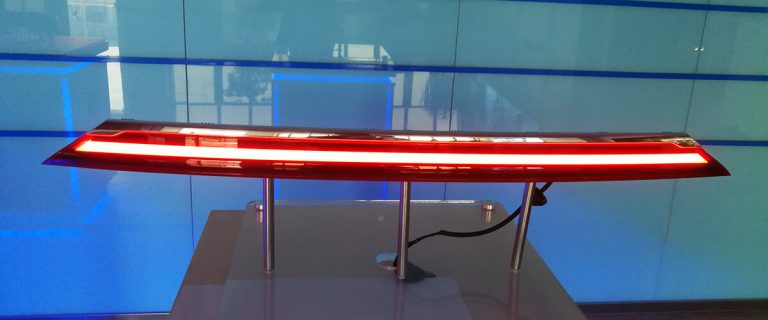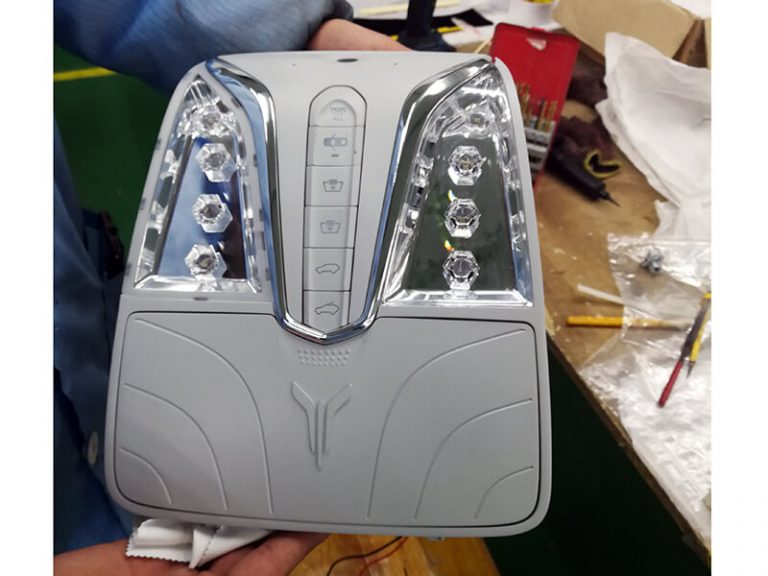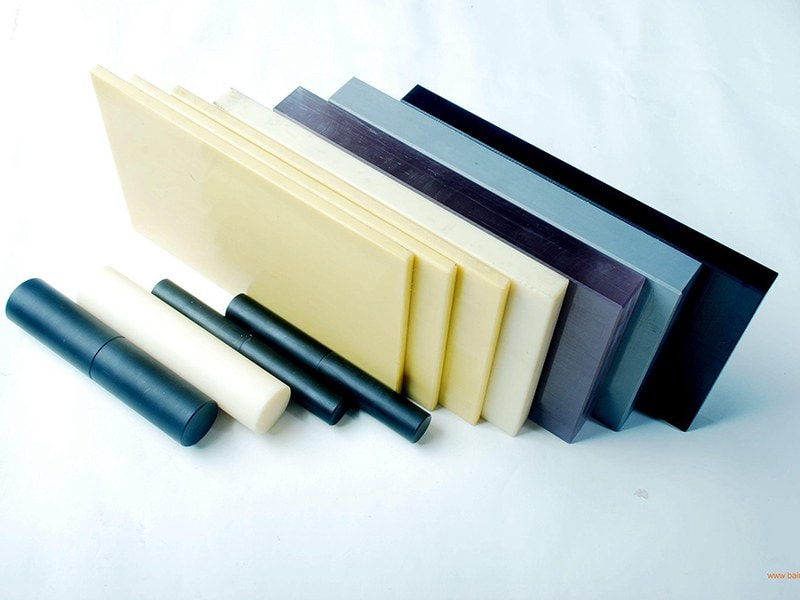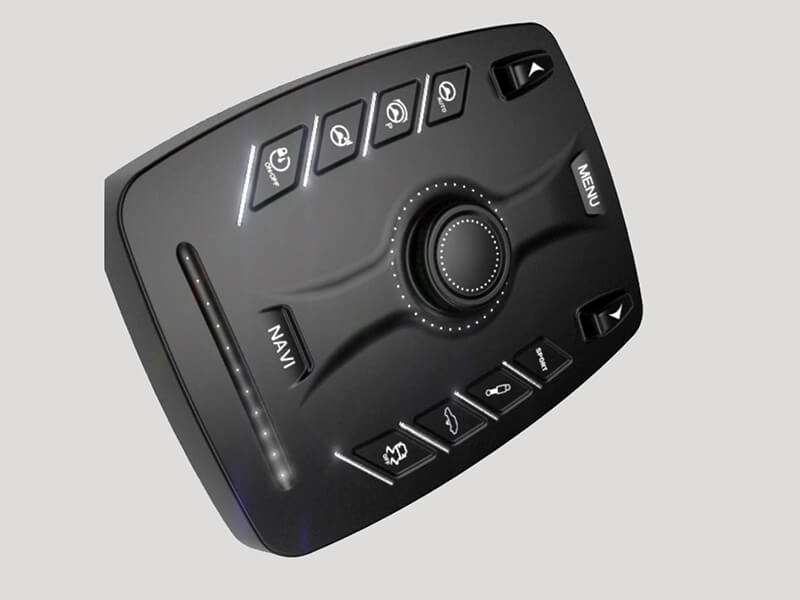Lighting Prototype, Defining Aesthetics
The lighting in an automobile plays a significant role while defining the aesthetics of a vehicle. It expresses the personality of a car. With the ever-evolving design process in the automotive industry, the prototyping of automotive lighting has changed a lot over the years.
Major manufacturing companies turned towards LED technology with a longer lifespan, better resistance to stain, better efficacy, and an aesthetic look than traditional lighting with major boundaries from an aerodynamics perspective.
Importance Of Automotive Lighting Prototypes In The Industry
Automotive lighting carries the signature design of the automotive industry. That’s why prototyping automotive lighting is essential.
Appraisal for Assembling
Computer-controlled CAD models and assemblies are reminiscent of the design procedure, but they never guaranteed the perfect fitting of the parts in reality. For example, reflectors are prototyped and bonded with a headlight housing for creating lamp clusters.
Then the assembled prototype is placed in a vehicle for performance appraisal under real-life angles and different lighting conditions.
Co-molding and Overmolding Assemblies
The method of co-molding and over-molding assemblies requires various colors of plastic together. In addition, male and female threaded parts are needed to hold these sub-assemblies together as a larger assembly onto the automobile.
Prototyping such assemblies helps the manufacturers achieve a complete assessment of strength, performance, design integrity, and aesthetics. Furthermore, assemblies always have effeminacy towards rigorous vibration, so it is crucial to analyze the integrity of the assemblies under comprehensive vibrations.
Amends From a Cost Perspective
Computer-controlled manufacturing has a vital role in identifying the significant factors in production. For lighting prototypes, the fixation of cycle time and yield is essential. It depends on several factors such as temperature, cooling rates, pressure conditions, shrinking ratios, and distortion.
An automotive lighting prototype doesn’t need several modifications in the production stage, thus, bringing down the cost and increasing the profit margin.
Evaluation on Lifecycle
Customers always want automotive lighting to be durable and long-lasting. Automobile components have to go through several tests and environmental conditions to meet safety standards.
Car lights need to be sleek as they increase the car’s prominence and are robust to provide solidity. The life cycle assessment team needs to evaluate the material performance as the prototype serves a great purpose.
Meeting Regulation
Lastly, it is crucial to validate the lighting models by the regulatory authorities. Features like intensity, shape, visibility, prominence, and others require verification under the tight provision.
Materials for the Automotive Lighting System
Let’s take a look at the different material considerations. Here is a table summarizing all the important components for creating an automotive lighting prototype.
| Aspects Polypropylene | UV resistance Yes | Chemical resistance Yes | Strength No | Durability No | Stability at low temperature | Transparency No |
| Polyethylene (PE) | No | Yes | Yes | No | No | No |
| Acrylonitrile Butadiene Styrene (ABS) | No | Yes | No | Yes | No | No |
| Polyoxymethylene (POM) | No | Yes | No | Yes | Yes | No |
| Polycarbonate (PC) | Yes | No | No | No | No | Yes |
Let’s discuss all the materials in depth now.
Polypropylene is a very stable plastic with excellent water resistance (hydrophobic characteristics). Black polypropylene is ideal for creating the best UV resistance.
Polyethylene has excellent chemical resistance, and it also has wide applications when it comes to aesthetics due to its high strength. In addition, this plastic is known for manufacturing a variety of densities, such as high-density polyethylene (HDPE) and low-density polyethylene (LDPE).
Acrylonitrile Butadiene Styrene (ABS) displays good hydrophobic characteristics. As a result, it can defend against some chemicals quite well. Due to its durability and rubber-like properties, this plastic is considered mainly for applications requiring impact and resistance.
Acetal, Polyoxymethylene (POM) is generally used for low-temperature conditions for its stability. Moreover, it is sturdy, robust has excellent chemical resistance, and shows excellent yield capability.
When it comes to transparency in lighting prototypes, polycarbonate is an ideal choice, and it also has good UV and weather resistance.
Automotive Lighting System Parts
Headlamp Assembly
A headlamp assembly is the most significant part of the design as the safety of the buyer and users depends on it. It includes several sub-parts. Let’s discuss the factors in-depth now.
.
Housing
Housing is the base of the lighting holding all the parts in place. Acrylonitrile Butadiene Styrene (ABS) is generally used for prototyping this part as it needs to be dimensionally stable and resistant to heat.
Reflectors
Acrylonitrile Butadiene Styrene (ABS) plastic is ideal for prototyping reflectors as it meets all the requirements to prototype a reflector. It provides strong resistance to heat, sturdiness, and the metallic finish required for a reflector. In addition, this part faces the maximum heat wastage as it is created to take light from the source and spatter it as evenly distributed luminance.
Bezel
This part needs a metallic outlook for aesthetic purposes. In addition, this part requires high heat dissipation resistance and a high surface finish. That’s why the use of ABS is ideal for prototyping this part because of its durability and rigorous attributes.
Lens
Polycarbonate is very popular for prototyping as it offers high clarity, UV, and scratch resistance.
Lightguide
Resistance to UV rays and transparency play a significant role in selecting the material for this part. As stated in the table, Polycarbonate is ideal for use when transparency and UV resistance come into play.
Tail lamp Assembly
Tail lamp assembly plays an essential role in automotive lighting products. It portrays information such as braking, reversing, and turning. Tail lamps need to be resistant to heat and weather effects and maintain their vibrance and prominence. Let’s discuss the parts and their specs that are required to assembly tail lamp below-
Inner lens
This part has to be very transparent to get the best optical properties. Therefore, a PC is ideal for prototyping this part as it ensures great transparency and is resistant to UV rays.
Outer lens
The outer lens needs to be transparent, UV, and weather-resistant, just like the inner lens. Moreover, it requires it to be scratch-resistant to withstand wear and tear. Polymethylmethacrylate is a good option for prototyping this part.
Frame and Housing
Same as headlamp assembly, the housing, and frame need to be dimensionally stable and heat and temperature resistant. ABS plastics meet all the requirements to prototype this part.
Lightguide
Parts that include the transmission of concentrated light rays have to be very clear and resistant to UV rays to prevent yellowing. PC is the right choice of material for this part.
Conclusion
The use of various lighting systems in automobiles is broadening every day. That’s why prototyping is essential for the automobile lighting system. It helps to bring down the cost as well as ensures end-user safety. In addition, the lighting increases the aesthetic outlook and enhances the personality of the car.
Need A Trustworthy Rototyping Company
Click on the button, you will find the Trustworthy Rototyping Company for your project.
